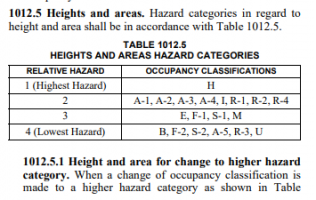Nicole, with all due respect, as an architect, at a minimum it would be your professional obligation to advise the property owner and City officials of your findings. What they do with that information is up to them, but to ignore it and not say anything would not be in accordance with almost any professional licensure rules of conduct. As a code official, when looking at plans for a tenant space, I'm not hunting for issues in areas that are not within the scope of the proposed work, but if code violations are shown on the documents, they need to be addressed, regardless of whether or not they are within the scope of work. That being said, Baltimore City is a very unique jurisdiction within the State of Maryland, and I'm not sure if they even adopt the State Fire Prevention Code, so they very well may say that the space is existing, and since there is no construction in that space being performed, there is no basis for them to take any action. At any rate, it's best to let the City and the property owners work it out.

